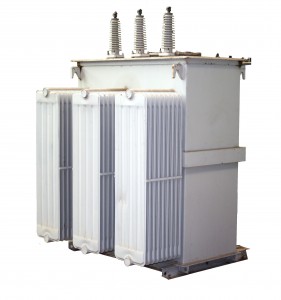30 Mva Substation Transformer 138 kv to 13.8 kva vs Raccoon
MIDWEST received an emergency call from a customer who had lost a 30 Mva 138 Kv to 13.8 Kv oil filled power transformer. There was no storm or other unusual occurrence and they said it failed “last night.” We are skeptical of transformers that appear to fail in the middle of the night when the sky is clear and nothing else unusual happened. We prepared to get a replacement reconditioned 30 Mva oil filled power transformer, and to arrange the resources to replace the transformer if necessary. Meanwhile MIDWEST Field Services went to check out the transformer. Differential relay protection took the transformer off line. But we found the problem immediately in the form of a toasted raccoon and slightly blasted secondary bushing. We cleaned the secondary bushing such that it could be energized, tested the transformer, and figured someone at the Utility would want to use the fried raccoon as a wall ornament. But there were no takers. The transformer was okay. There was what we considered an unusual discussion as to why the raccoon was on the transformer. The consensus of management was that it did not make sense. Something more dramatic had to be in play, because one lousy raccoon could not be the cause of so much trouble and expense. The inquisition focused on the need for a good reason a raccoon would climb on top of the transformer. We explained that this was not an unusual occurrence. It was rather common. We explained that raccoons like the warm transformers and tend to climb over everything near their food supply. There were woods next to the substation. We recommended they put screen mesh along the bottom of the substation fencing and at the gate, to keep raccoons out. And we suggested they move the park bench, used by employees as an outdoor lunch table, to an area away from the substation.
